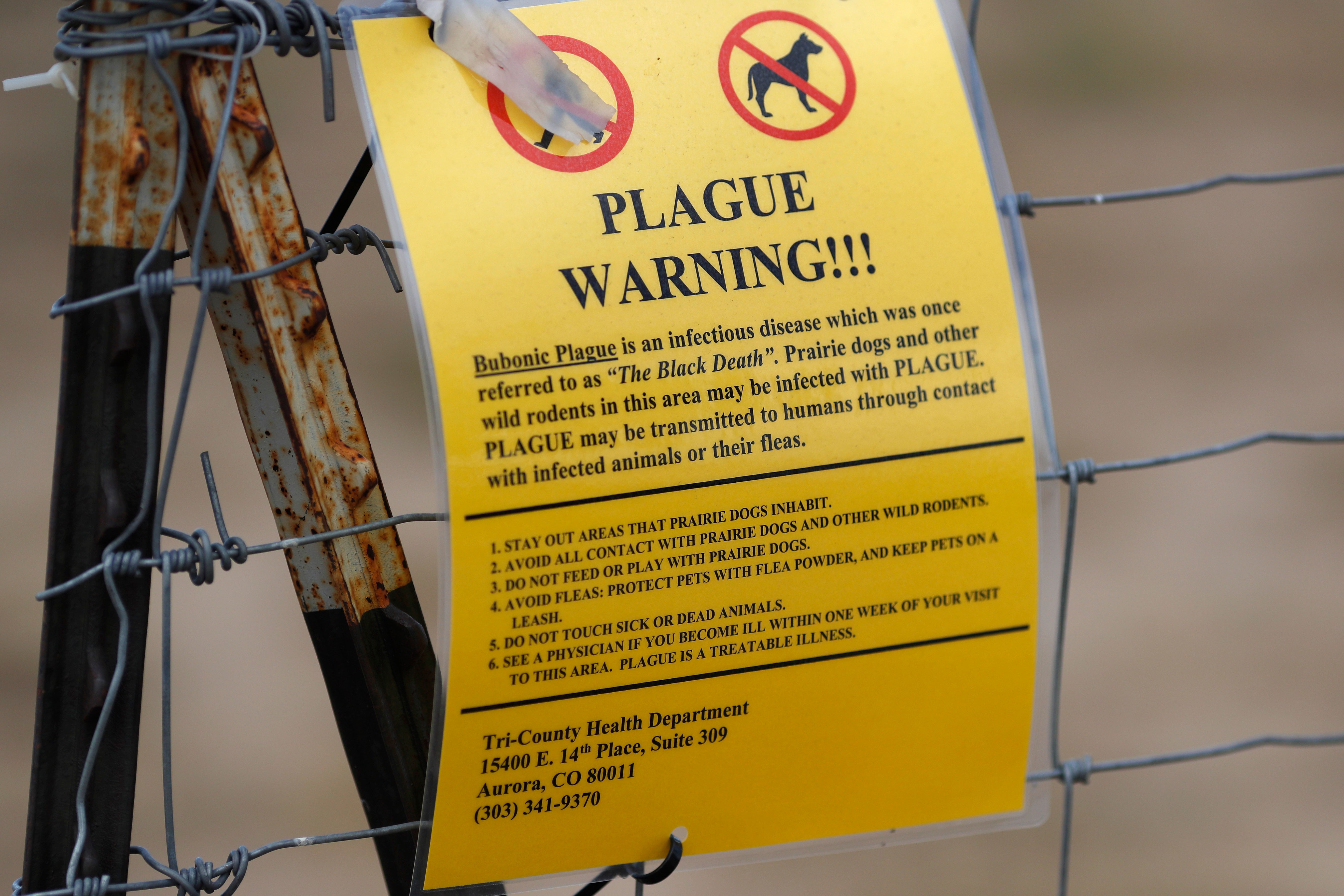Public health officials in Colorado have confirmed a case of plague in a human, raising concerns about this rare but serious infectious disease. This disease, often associated with historical outbreaks, is primarily spread through flea bites. The infected individual hails from Pueblo County, according to the Pueblo Department of Public Health and Environment.
Every year, the plague makes a reappearance in the United States, but it remains uncommon, affecting an average of just seven people annually. The cases typically increase during the summer, particularly in the southwestern states and Colorado. While the thought of plague might invoke images of the past filled with fear and death, modern medicine has made treatment accessible and effective.
Symptoms of the plague can include muscle aches, chills, fever, severe headaches, swollen lymph nodes, and gastrointestinal issues like nausea and vomiting. According to the U.S. Centers for Disease Control and Prevention (CDC), prompt medical attention is essential to manage the disease effectively and prevent severe complications.
What You Will Learn
- Understanding the causes and transmission of plague in humans.
- Identifying the symptoms and seeking timely medical attention.
- Preventive measures to reduce the risk of exposure to the plague.
- Insights into historical and modern perspectives on the plague.
The plague, while rare, can still pose a significant health risk. It is primarily transmitted through fleas that infest rodents like rats, squirrels, and prairie dogs. These fleas can also jump to pets such as dogs and cats, which can then infect humans. Health officials in Colorado have noted that prairie dogs are particularly vulnerable to the plague, and a sudden silence in their populations can signal the disease's return.
In recent reports, there have been instances of the plague resulting in fatalities. For example, earlier this year, a man in New Mexico succumbed to the disease. In another case, a man in Oregon contracted the plague from his cat but survived, highlighting the importance of vigilance and preventive measures.
To help prevent plague infections, health officials recommend avoiding contact with dead animals and ensuring pets are up-to-date on flea treatments. The CDC reported nearly 500 cases of human plague in the U.S. over a 50-year span, with only 14 deaths between 2000 and 2020, illustrating the rarity of severe outcomes when proper precautions are taken.

In conclusion, while the plague remains a topic of historical significance, awareness and education can help mitigate its modern risks. By understanding transmission methods, recognizing symptoms, and taking preventive steps, we can protect ourselves and our communities.



